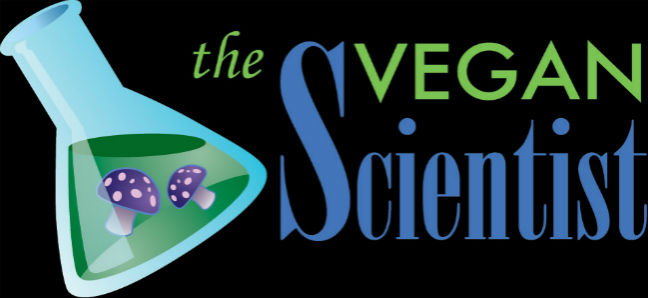Heard this NPR story while getting my vehicle emissions test today. They don't have a transcript yet, but it basically shows how slow and inefficient current vaccine production with embryonated chicken eggs is. One tidbit I got is that one opts for the nasal vaccine and not the shot, you use only 1/100th of an egg as oppose to a full chicken abortion.
The hope is that they are starting to use animal cell lines, which while they may have originally come from an animal have long since stopped harming that particular animal. They mentioned a canine kidney cell line, as opposed to Vero cells (mentioned often on this site) as being a much better system for viral production.
Then they went a step further, and bring up a new caterpillar-derived system for making viral proteins for a vaccine. This was new to me. I was worried at first, because cell-free protein synthesis using wheat germ or rabbit reticulocytes ends up killing the heat or rabbit.
After some digging, I found that the system uses a cell line (and not fresh animals for each batch) from a moth, the fall armyworm (Spodoptera frugiperda) with help from Baculovirus. Exciting stuff.
Further reading:
1) Maiorella, B., Inlow, D., Shauger, A., & Harano, D. (1988). Large-Scale Insect Cell-Culture for Recombinant Protein Production. Nature Biotechnology. 6:1406-1410.
2) Ikonomoi, L., Schneider, Y.-J., Agathos, S. N. (July 2003). Insect cell culture for industrial production of recombinant proteins. Applied Microbiology and Biotechnology. 62(1):1-20.
Post Scriptum:
This post has been mentioned here. Thanks Mr. Dandelion!
27 October 2009
Future of Vaccine Production
Labels:
Baculovirus,
chicken,
dog,
Fall Armyworm,
H1N1,
monkey,
Spodoptera frugiperda,
vaccine
Subscribe to:
Post Comments (Atom)






No comments:
Post a Comment
Be nice! Remember everyone is entitled to their opinion.